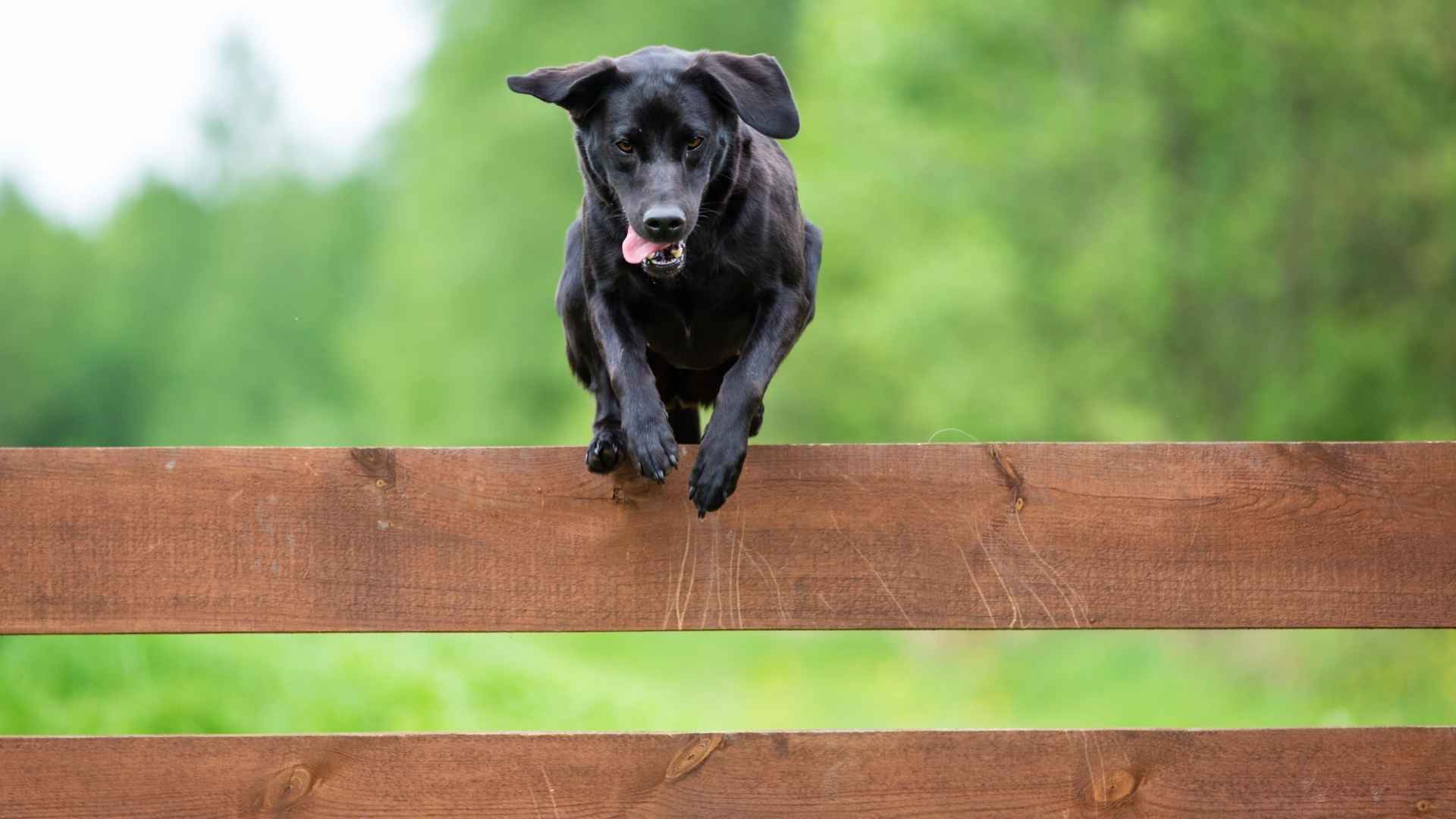For many of us, our dogs are family, and the thought of losing them, even for a moment, is heartbreaking!
Over 10 million pets are lost every year in the U.S., as per the Reports. Many are never found again—not because owners were careless, but because some dogs are born escape artists. They jump fences like gymnasts, open doors like burglars, and squeeze through spaces you didn’t think possible.
While most people expect this behavior from clever breeds like Huskies or Border Collies, the real shocker is how many unexpected breeds share this skill. From toy breeds with surprising stealth to mellow dogs with sneaky instincts, escaping isn’t just for high-energy types.
These breeds don’t always look like troublemakers, but they’re plotting their next breakout the moment you blink. Some use brains, others use muscle, and a few just wait until you forget to latch the gate.
This article reveals the dog breeds you’d never expect to be master escape artists—and how they do it.
Dog Breeds Secretly Amazing At Escaping
1. Siberian Husky
The Siberian Husky carries a strong sense of independence paired with high physical energy. This combination makes it unusually skilled at identifying weak spots in barriers. Its escape behavior is often strategic rather than accidental.
Intelligent and Tireless Explorer
Huskies are known for climbing fences, digging under gates, or pushing through unsecured panels, as Petplan claims. Their intelligence places them among certain breeds that routinely challenge confinement. They notice patterns in routine and respond with action, not rest.
Sociable With a Hidden Agenda
While known as a great family pet, this breed operates with its own internal compass. Social warmth doesn’t interfere with its pursuit of movement or exploration. It doesn’t seek mischief—it simply follows instinct and memory.
Training Helps, But Isn’t Optional
Controlled environments and mentally engaging tasks reduce boundary-testing habits. Structured obedience training is most effective when paired with regular outdoor activity. Consistency gives the Husky purpose and reduces the drive to roam.
2. Beagle
The Beagle has a scent-driven focus that blocks out distractions once it locks onto a smell. This obsession often leads it beyond yards, fences, or even closed doors. It’s a small hound with a deep-rooted tracking instinct.
Skilled in Disappearing Acts
Beagles have been reported slipping through tight gaps, digging under enclosures, or trailing scents across long distances. Their size and agility make them effective self-liberators. Unlike loud escape artists, they often vanish quietly.
Curious and Clever Mind
This breed thrives when given tasks or stimulation that involve problem-solving and scent work. Mental challenges are essential to keep their instincts occupied indoors. Without them, Beagles start investigating exits—literally and mentally.
Friendly With Wanderlust
The Beagle is a good-natured companion and is often seen as a child’s best friend, as mentioned in the AKC. But affection doesn’t override its need to explore and roam. It follows its nose far faster than most owners expect.
3. Jack Russell Terrier
The Jack Russell Terrier’s small body is characterized by intense stamina and drive, originally developed through fox-hunting work. This instinct fuels its nonstop pacing, searching, and quick decision-making. It rarely ignores opportunities to explore or chase movement.
Driven by Scent and Sound
Digging under fences and slipping through gaps are common behaviors, especially when it catches a scent. Their sharp senses react instantly, making physical boundaries unreliable. Without barriers anchored deep, escape attempts are frequent.
Strong Bond With High Independence
Though fiercely loyal, this breed often operates independently when focused on a goal. Its connection to owners doesn’t eliminate its tunnel-vision focus on distractions. That mix can make off-leash containment a real challenge outdoors.
Sharp Thinking in a Small Frame
Jack Russells are fast learners and often figure out patterns in locks, latches, or schedules. They don’t wait for boredom to act—they anticipate chances. Mental activity is just as important as physical restriction for these dogs.
4. Border Collie
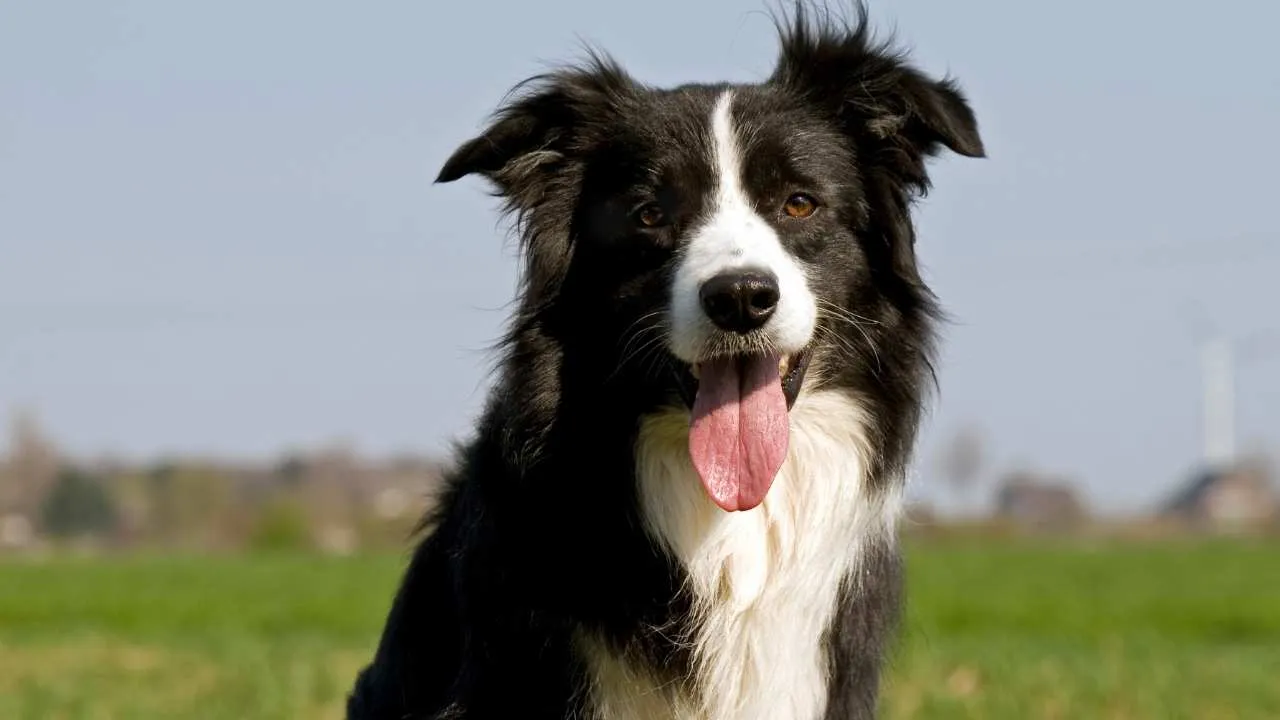
Border Collies constantly scan their environment, taking in doors, angles, and motion cues. Their ability to assess exit points is enhanced by rapid decision-making. What seems impulsive is often a well-calculated move.
Physically Equipped for Escape
With strong legs and excellent body coordination, they’re capable of scaling fences and squeezing through tight spots. It’s less about rebellion and more about channeling excess focus. Barriers that aren’t secured become invitations.
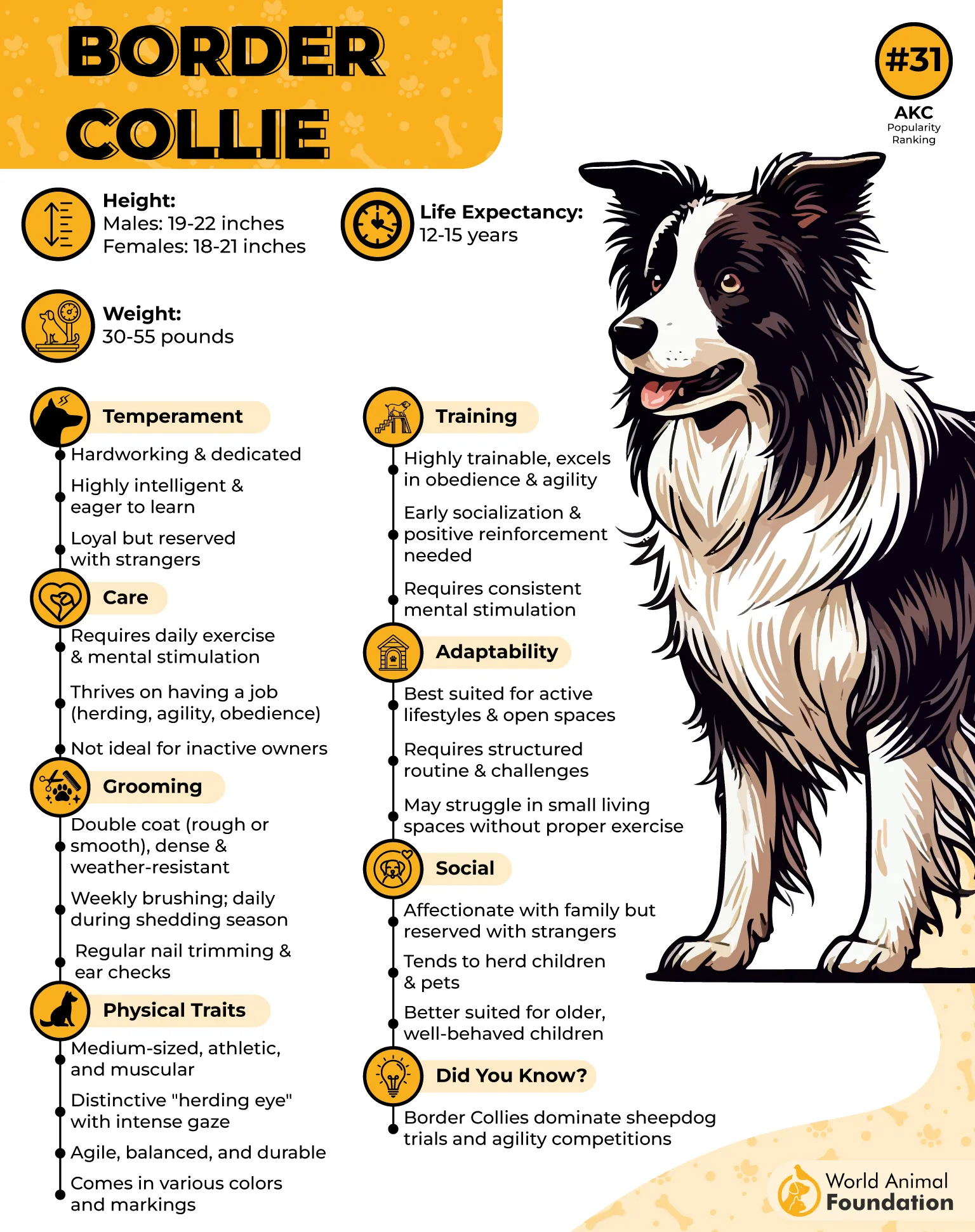
Connection With People
This breed thrives on interaction with humans, often shadowing movement and responding to patterns. Separation or boredom isn’t tolerated for long. If left unstimulated, their mental energy looks for release through escape-driven behaviors.
Driven by Intelligence
Regarded as one of the smartest and confident breeds, they’re natural problem-solvers. They remember past successful attempts and build on them. Consistent engagement reduces the need for physical escape routes.
5. Greyhound
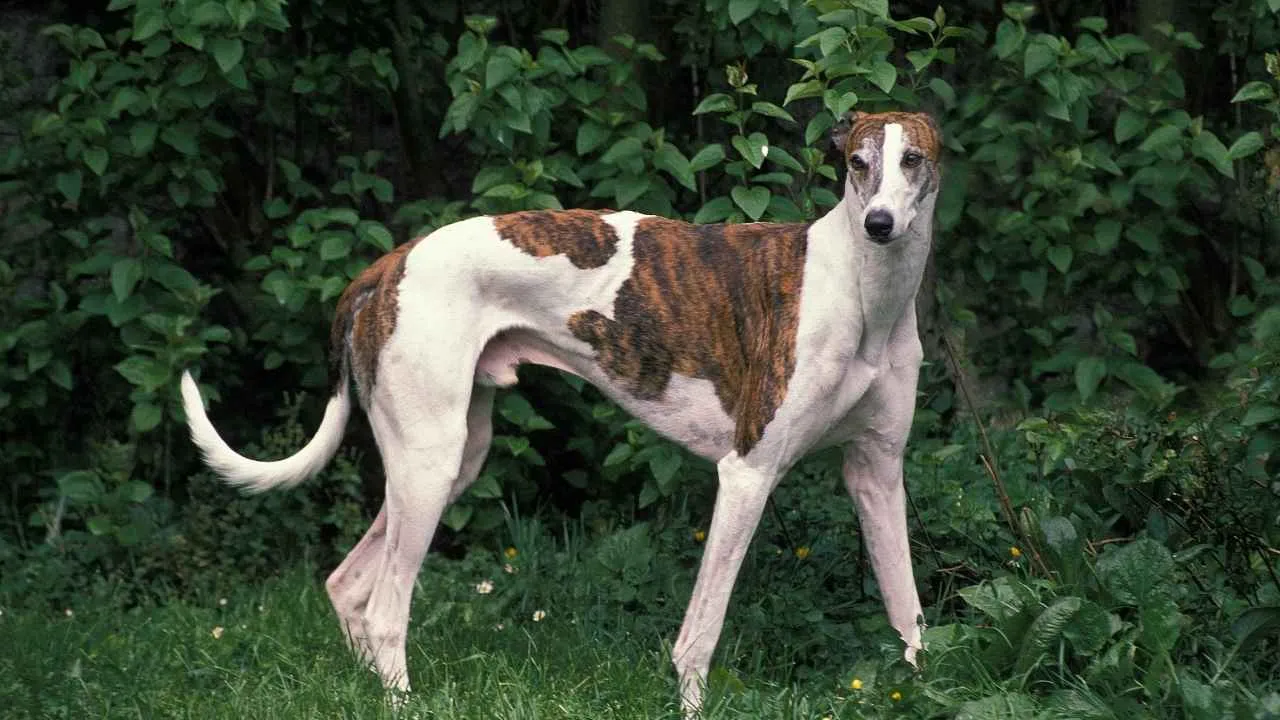
Greyhounds have slim, aerodynamic bodies built for sprinting, but those same features make them skilled escape artists. Their ability to slip through tight gaps is helped by their deep chest and narrow waist. Even latches and fences can be tested by their agility.
Silent Planners
They often move quietly, using observation to time when and how to make their way out. Owners report them waiting for doors to be left ajar or gates to shift in alignment. Their escape approach tends to be quick, quiet, and precise.
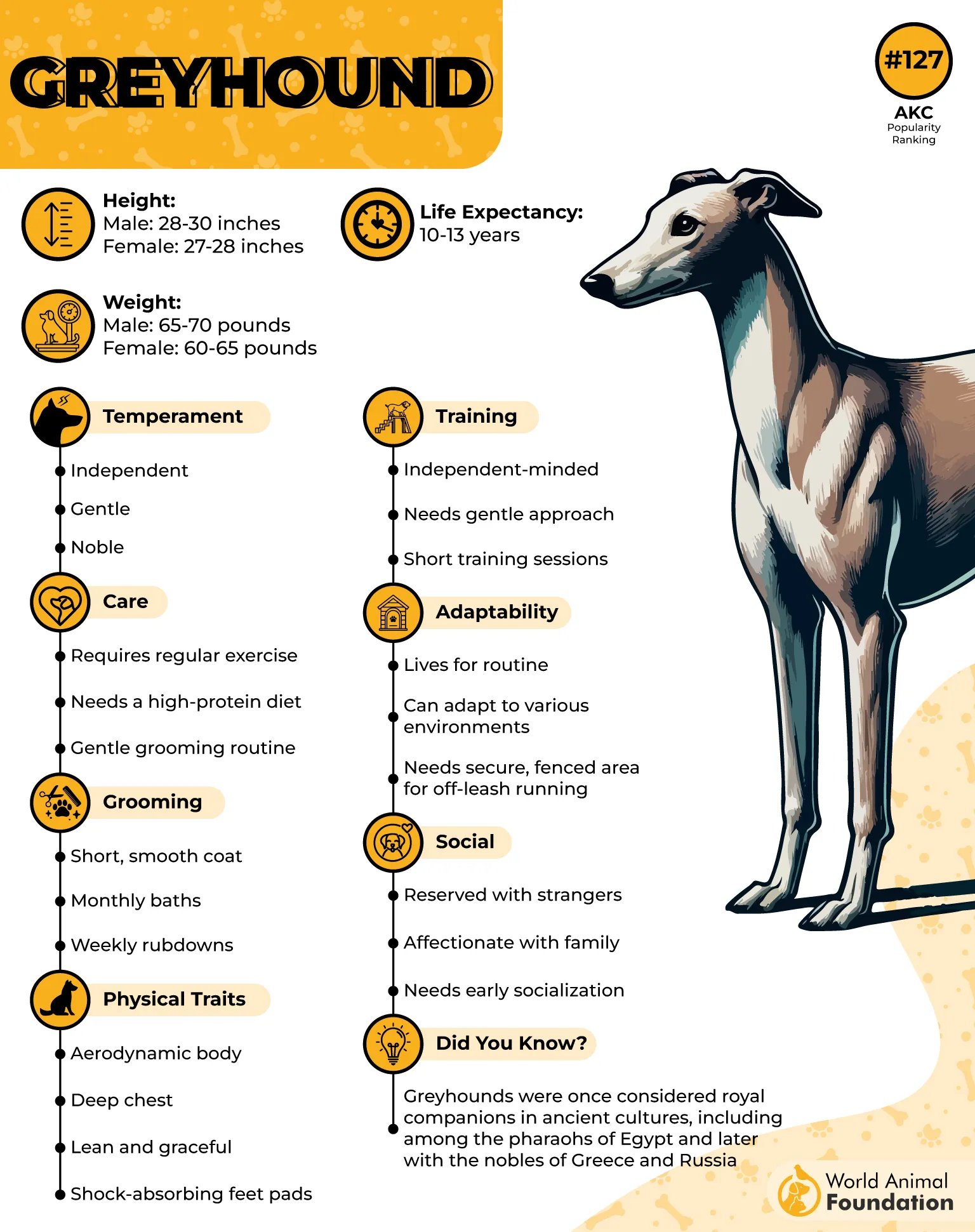
Traits That Fool Many
Though known for lounging indoors, they carry alertness and problem-solving traits that emerge with opportunity. They’re independent thinkers who tend to memorize pathways and weak spots. These behaviors often appear unexpectedly in otherwise calm environments.
Containment Isn’t Always Enough
To safely maintain boundaries, it’s important to pair fences with watchfulness and mental outlets. Greyhounds have been known to clear fences much taller than their own height. Their escape behavior increases when bored or left alone for too long.
6. Dachshund

Originally developed in Germany to hunt burrowing animals, the Dachshund’s body is shaped for movement through tight tunnels. This trait translates into a natural ability to dig under fences and barriers. Its low frame and strong front legs give it leverage below ground.
Quick to Notice Weak Spots
The breed is observant and persistent, especially when left unsupervised outdoors. Gaps, loose gates, or low fencing rarely go unnoticed. Once it marks an exit, it will often return to it repeatedly.
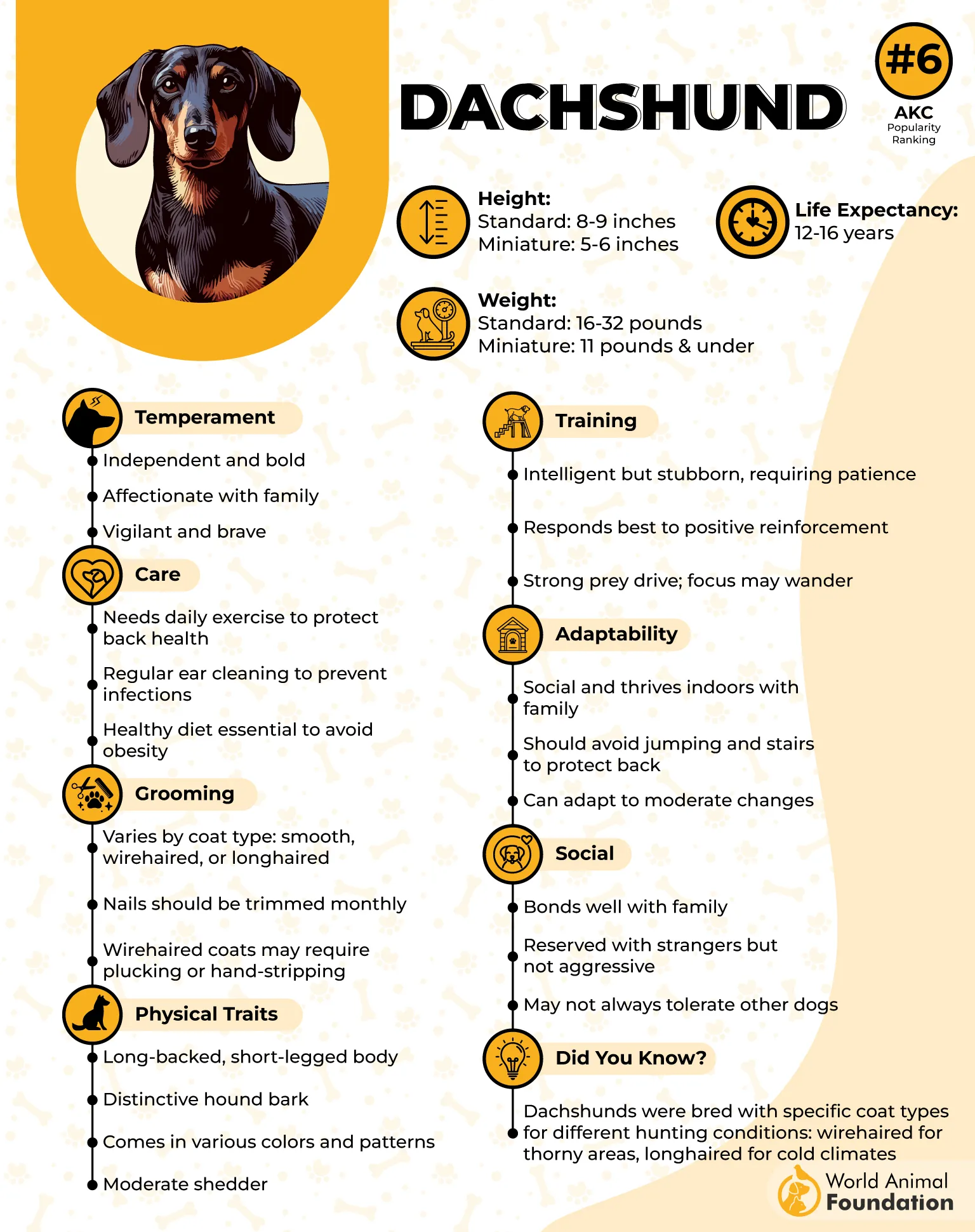
Curious by Instinct
Dachshunds have a deep-rooted prey drive that pushes them to explore anything that moves or hides, as stated in PetMD. They may slip through cracks or push through corners during this chase mode. This drive is especially strong in scent-heavy environments.
Small Size, Big Determination
Their compact build allows them to escape through holes or spaces that don’t appear accessible. Even well-fitted enclosures can be breached if they find a latch to paw at. They often test perimeters silently and methodically.
7. Labrador Retriever
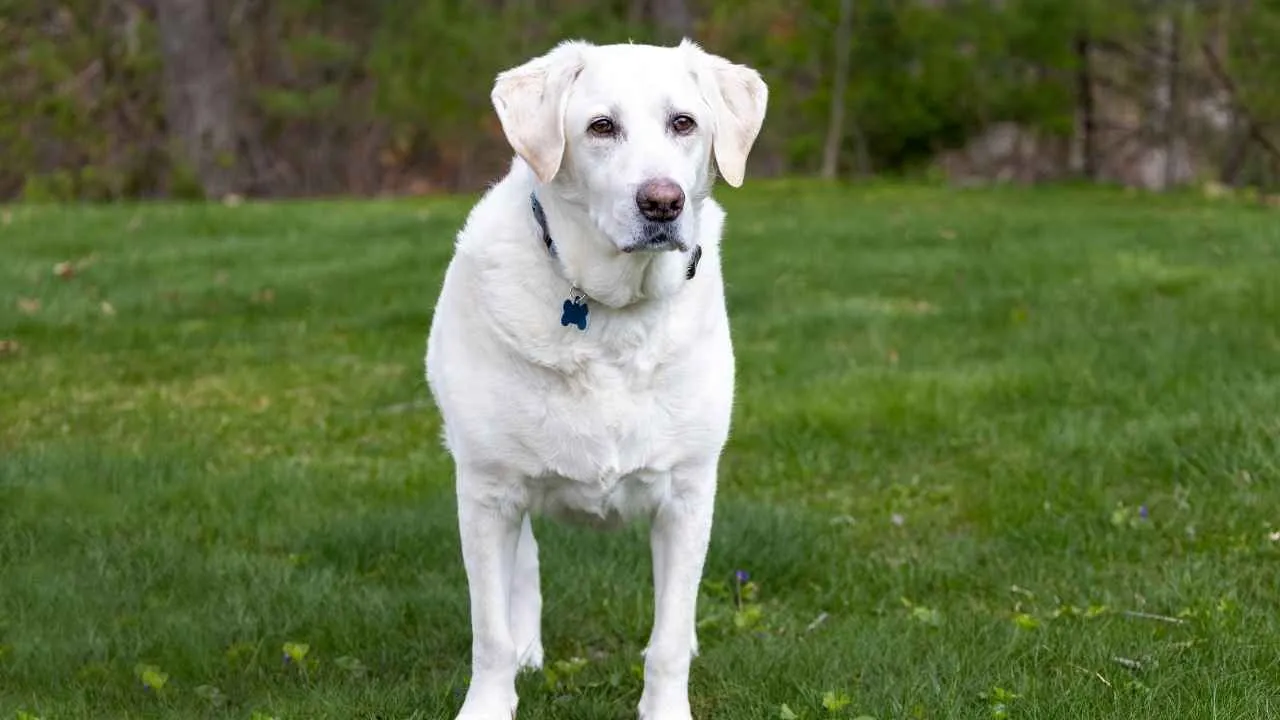
Labradors are constantly alert to door openings, routines, and motion patterns within their environment. Their physical speed and high motivation make them opportunistic dashers. Gates left ajar or screens slightly open often lead to instant exits.
Driven by Smells and Curiosity
With a strong background in retrieving and field work, they are wired to follow scents and sounds without hesitation. Their interest in outdoor environments can override previous training. Escape attempts are often linked to a specific lure rather than restlessness.
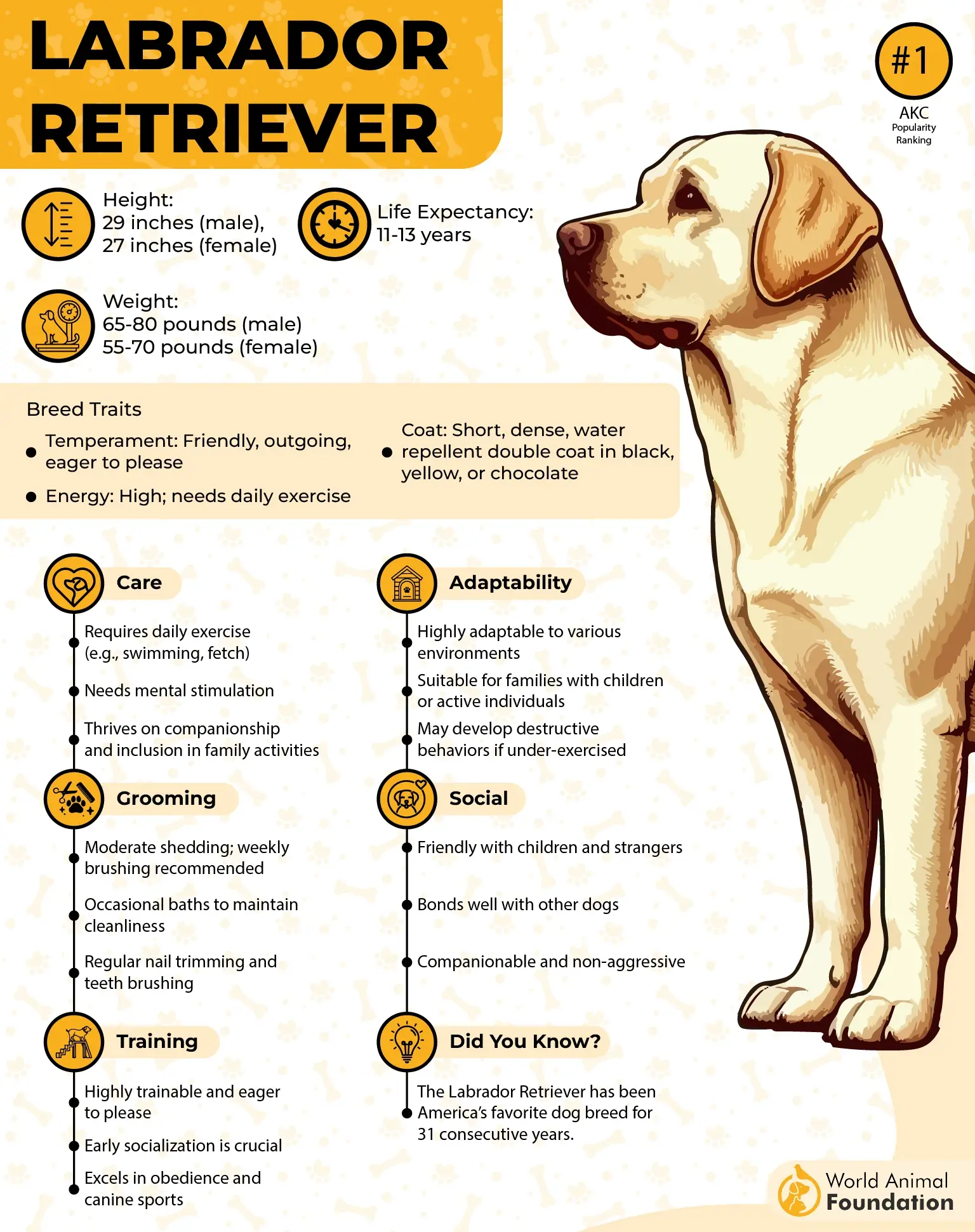
Friendly but Highly Active
Their sociability doesn’t reduce the need for engagement, movement, and structured activities. Even well-adjusted Labradors will roam if they’re under-stimulated or left alone too long. The drive comes more from enthusiasm than defiance.
Containment Needs Consistency
Yard fences should be tall and secure, as some Labradors have been observed clearing heights of five feet. Regular walking schedules and interaction reduce the urge to wander. Most escape cases stem from gaps in attention, not aggression.
8. Shiba Inu
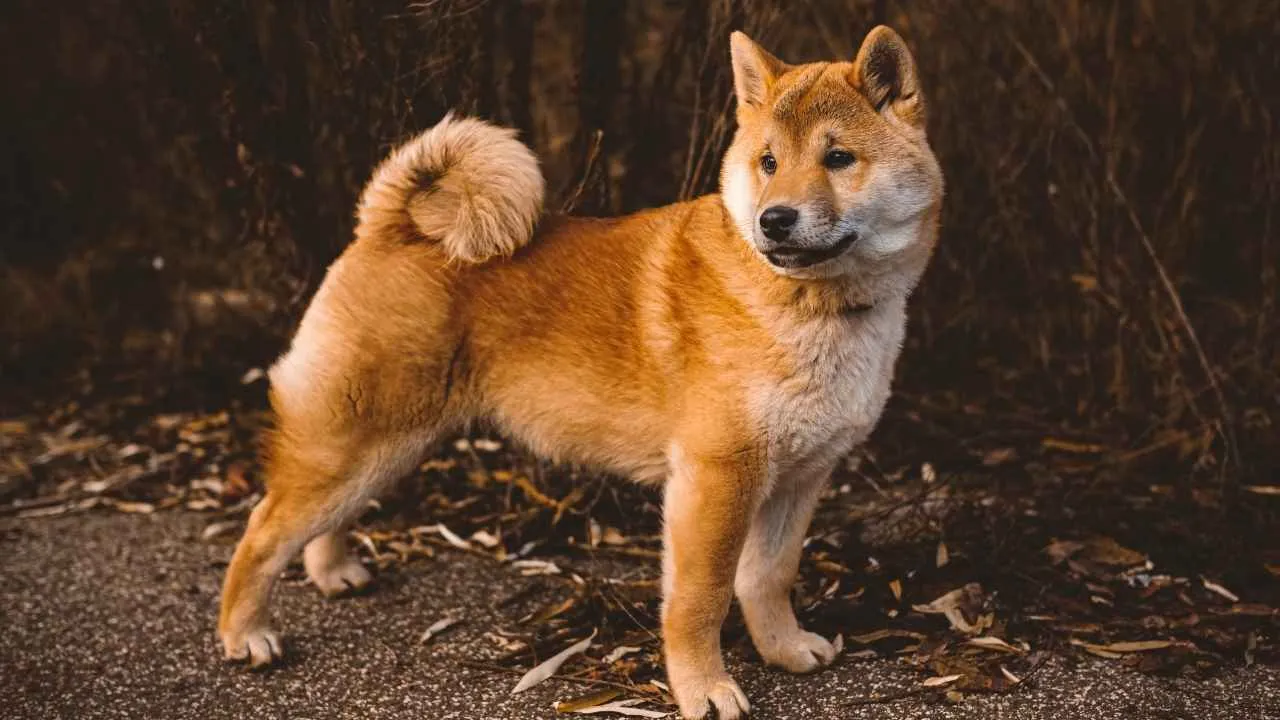
Shiba Inus are skilled escape artists known to scale fences or dart through openings when the opportunity arises. Their strong prey drive often pushes them to chase after birds or squirrels without hesitation. Even a well-secured yard may not be enough if there’s a weakness to exploit.
Independent Streak
This breed is famously self-reliant and quick to make its own decisions, which often means ignoring commands when it senses a better option. Their aloof nature makes them less eager to stay by your side unless properly engaged. They’re clever enough to memorize routines and find loopholes.
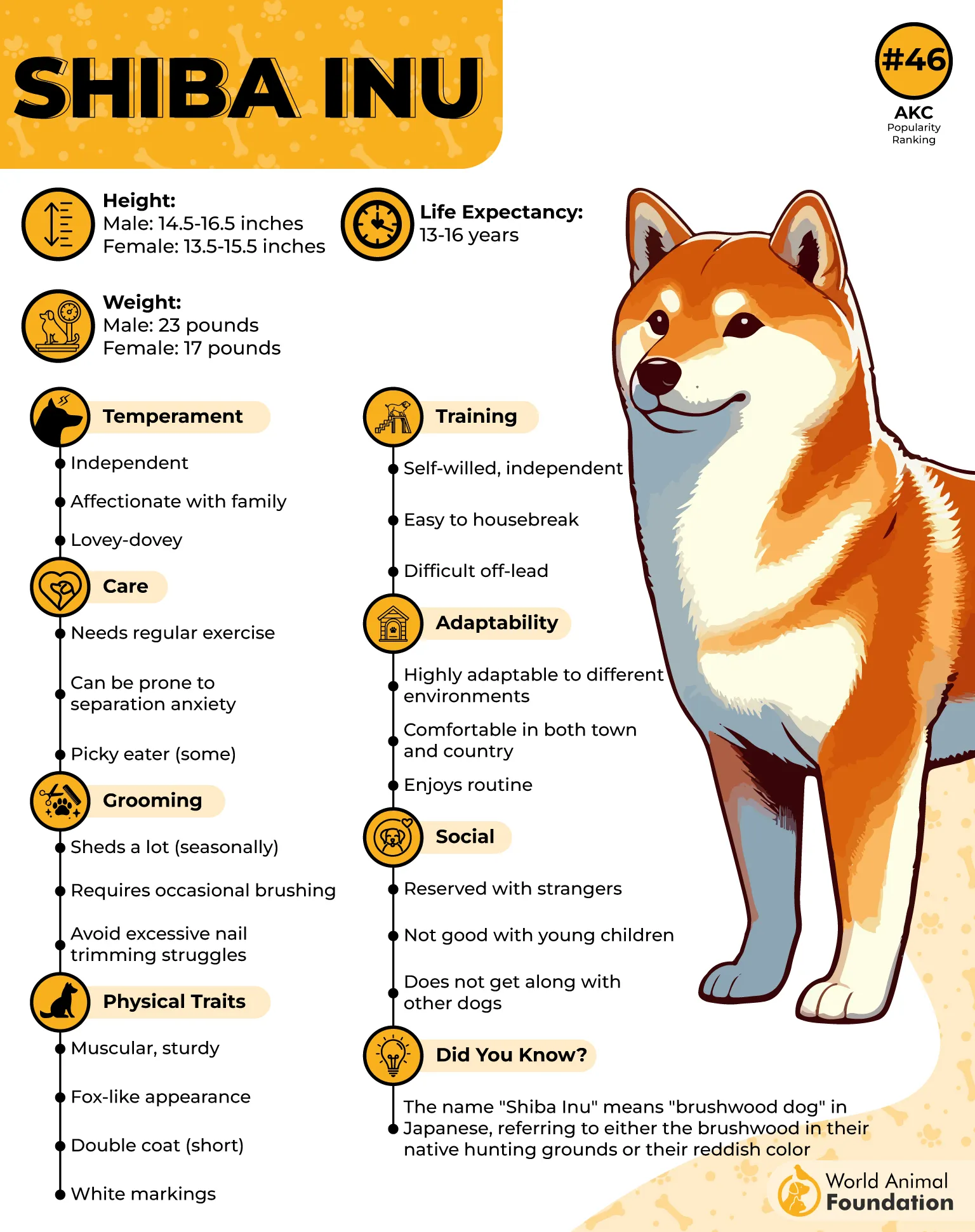
Agility and Speed
With a compact and muscular frame, Shibas are surprisingly agile. They can leap high for their size and maneuver through tight spots with ease. Their speed, combined with a sharp mind, makes containment a real challenge.
Mental Sharpness
They observe, plan, and act, making their escapes calculated rather than impulsive. Boredom or a lack of stimulation often sparks this behavior. Many Shiba owners report the breed testing boundaries regularly and remembering what worked previously.
9. Australian Shepherd
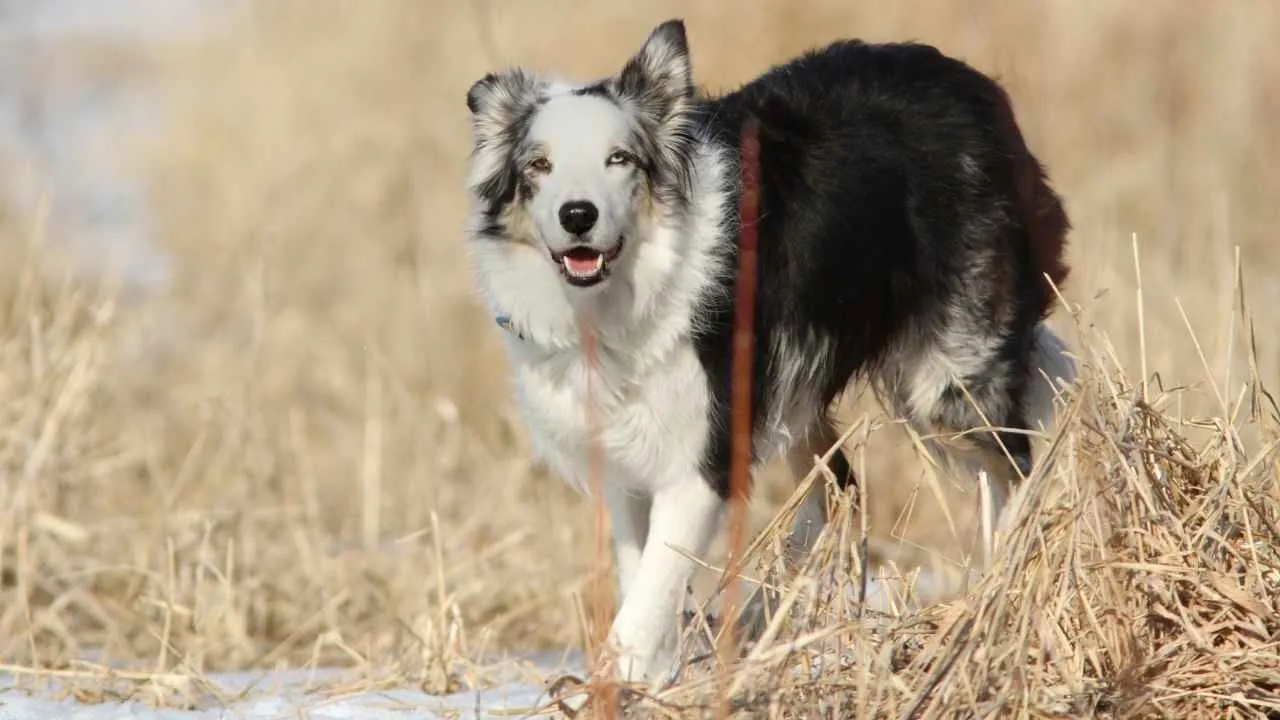
Australian Shepherds have fast reflexes and a strong herding drive that makes them responsive to movement, noise, and shifts in routine. This breed easily maps its environment. If a gate is ajar or a latch is weak, it won’t overlook the detail.
Escape Routes Become Challenges
They’re agile enough to clear fences and clever enough to test physical boundaries when under-stimulated. Their brain is wired to look for tasks, even if that task is finding a way out. Lack of activity makes that behavior more frequent.
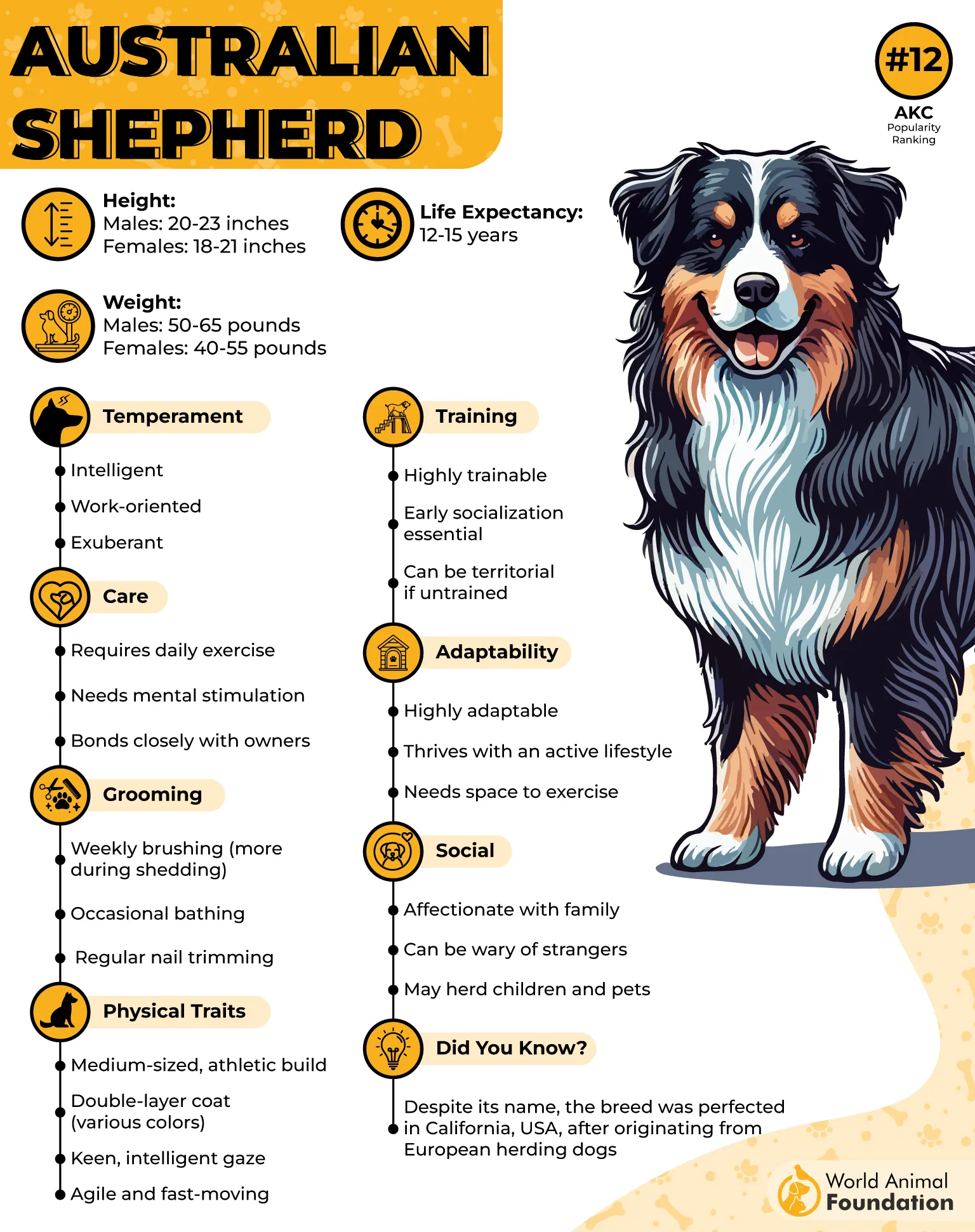
Energy Without Pause
Mental and physical activity go hand-in-hand for this breed. Once a routine becomes predictable, it looks for the next thing to engage with. If left alone in a yard, that engagement often becomes a physical escape attempt.
Focus Requires Redirection
These dogs respond well to structured plans and rotating tasks, especially those involving movement. Agility setups and tracking exercises make better use of their instincts. Without direction, the environment itself becomes a target.
10. Boxer
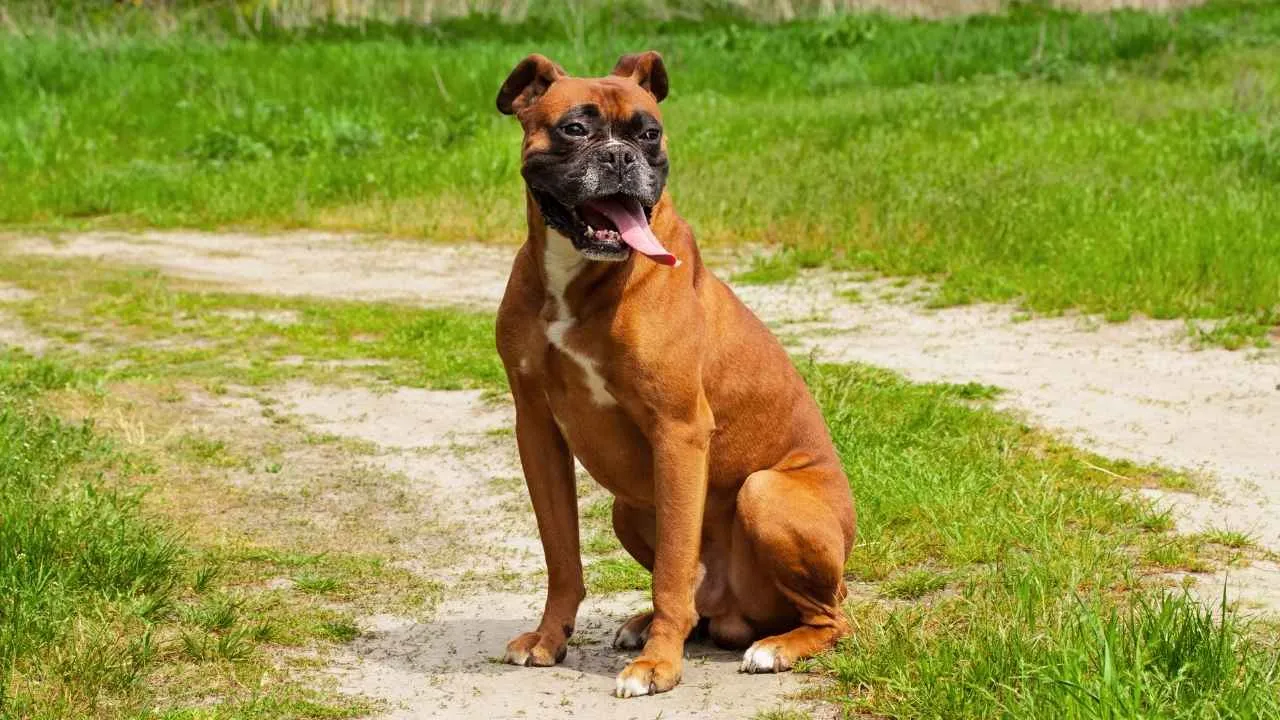
Boxers are built with a lean but muscular frame and high physical energy, giving them the tools to climb or leap over barriers. Their athleticism often surprises first-time owners. Even standard-height fences can be quickly cleared with a running start.
Keen Observers of Routine
They pay close attention to timing, when doors are left ajar or humans get distracted. This observation helps them find opportunities others miss. Their memory and anticipation of patterns are part of what makes escape behavior possible.
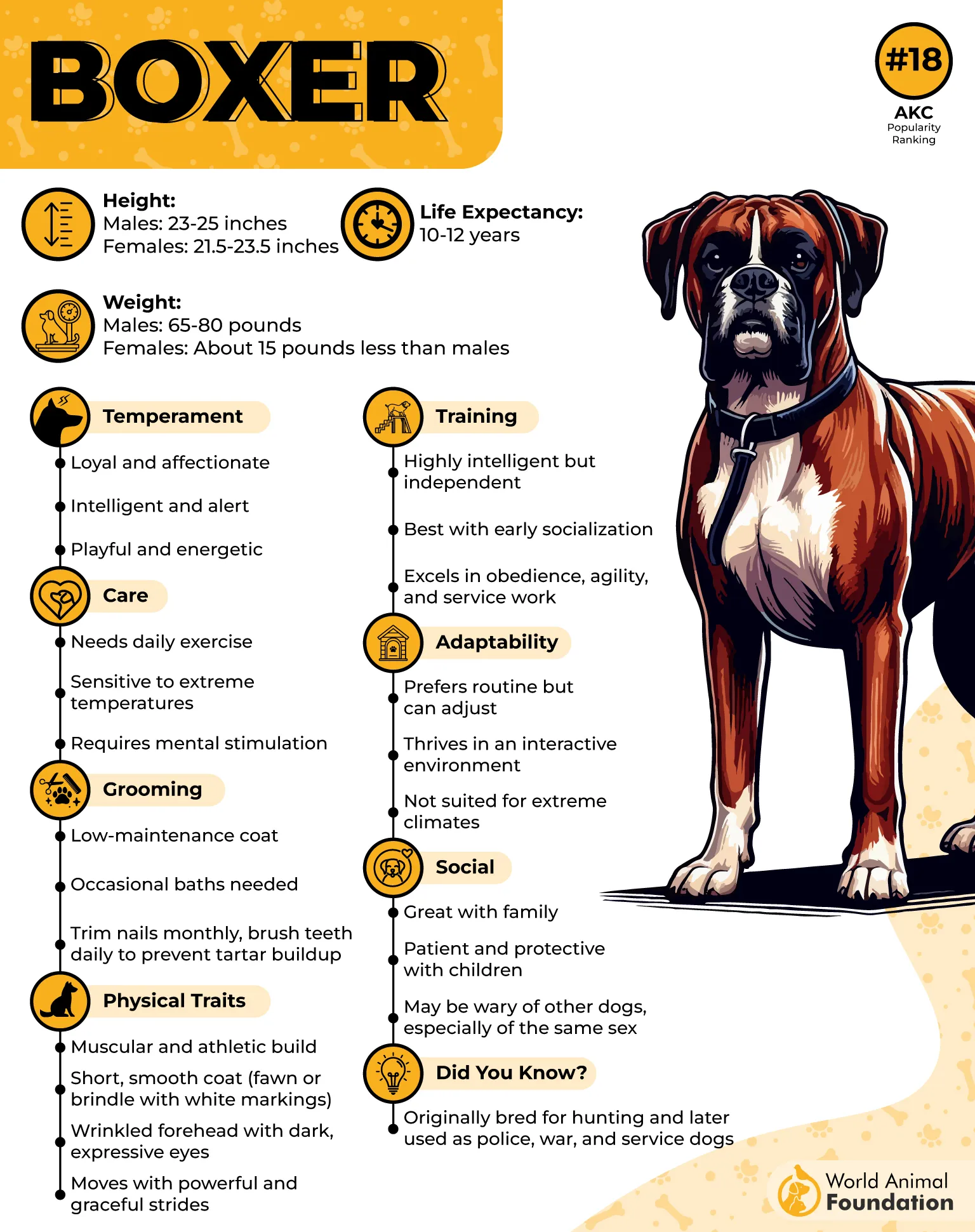
Excitable and Mentally Restless
Boxers need both movement and problem-solving to feel balanced each day. Without outlets, their energy often gets redirected toward getting out. The escape isn’t always about fleeing—it’s often tied to curiosity or boredom.
Fencing Isn’t Enough
Because of their strength and precision, escape prevention must include proper latches and top extensions. Many owners recommend angled fence toppers to prevent jumping. Keeping the dog engaged indoors also helps reduce the risk of attempts.
Conclusion
Some dogs love their homes, but still want to see what’s beyond the gate. Whether driven by scent, speed, or pure curiosity, escape behavior is real. Even working dogs with a muscular body and strong routines can surprise you.
That’s why it’s important to watch for patterns, secure boundaries, and keep energy channeled. While some of these escape artists are also known as guard dog breeds or family protectors, they all share one trait: determination.
Early training helps, especially with puppies who learn fast. The instinct to protect doesn’t always stop them from slipping out. Knowing your dog’s tendencies is the first step toward keeping them safe.


